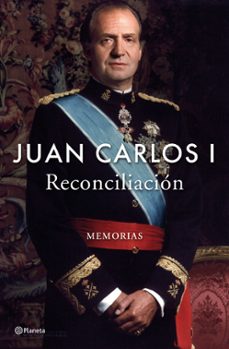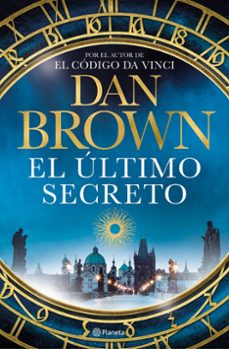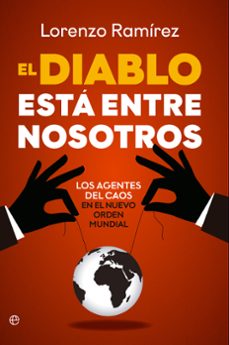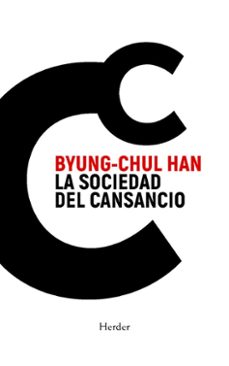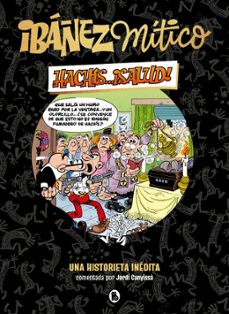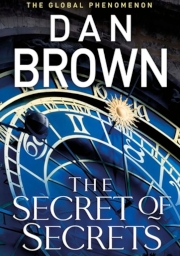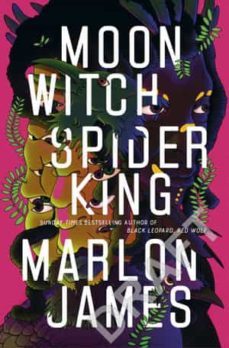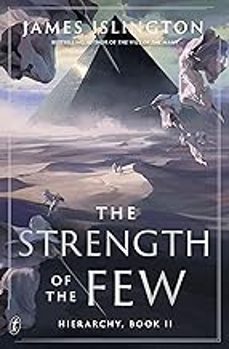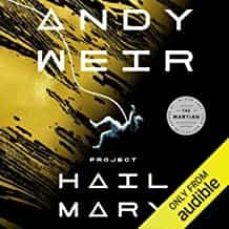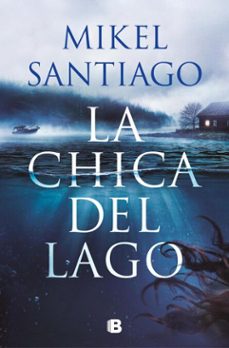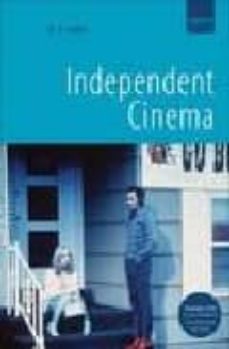Imprescindibles
Ficción
No Ficción
Ciencias y tecnología Biología Ciencias Ciencias naturales Divulgación científica Informática Ingeniería Matemáticas Medicina Salud y dietas Filología Biblioteconomía Estudios filológicos Estudios lingüísticos Estudios literarios Historia y crítica de la Literatura
Humanidades Autoayuda y espiritualidad Ciencias humanas Derecho Economía y Empresa Psicología y Pedagogía Filosofía Sociología Historia Arqueología Biografías Historia de España Historia Universal Historia por países
Infantil
Juvenil
#Jóvenes lectores Narrativa juvenil Clásicos adaptados Libros Wattpad Libros Booktok Libros de influencers Libros de Youtubers Libros Spicy Juveniles Libros LGTBIQ+ Temas sociales Libros ciencia ficción Libros de acción y aventura Cómic y manga juvenil Cómic juvenil Manga Shonen Manga Shojo Autores destacados Jennifer L. Armentrout Eloy Moreno Nerea Llanes Hannah Nicole Maehrer
Libros de fantasía Cozy Fantasy Dark academia Hadas y Fae Romantasy Royal Fantasy Urban Fantasy Vampiros y hombres lobo Otros Misterio y terror Cozy mistery Policiaca Spooky Terror Thriller y suspense Otros
Libros románticos y de amor Dark Romance Clean Romance Cowboy Romance Mafia y amor Romance dramatico Romcom libros Sport Romance Otros Clichés Enemies to Lovers Friends to Lovers Hermanastros Slow Burn Fake Dating Triángulo amoroso
Cómic y manga
Novela gráfica Novela gráfica americana Novela gráfica europea Novela gráfica de otros países Personajes, series y sagas Series y sagas Star Wars Superhéroes Cómics DC Cómics Marvel Cómics otros superhéroes Cómics Valiant
eBooks
Literatura Contemporánea Narrativa fantástica Novela de ciencia ficción Novela de terror Novela histórica Novela negra Novela romántica y erótica Juvenil Más de 13 años Más de 15 años Infantil eBooks infantiles
Humanidades Autoayuda y espiritualidad Ciencias humanas Economía y Empresa Psicología y Pedagogía Filosofía Historia Historia de España Historia Universal Arte Cine Música Historia del arte
Ciencia y tecnología Ciencias naturales Divulgación científica Medicina Salud y dietas Filología Estudios lingüísticos Estudios literarios Historia y crítica de la Literatura Estilo de vida Cocina Guías de viaje Ocio y deportes
D. K. HOLM
Recibe novedades de D. K. HOLM directamente en tu email
Filtros
Del 1 al 2 de 2
POCKET ESSENTIALS 9781842433867
Just what is independent cinema? D. K. Holm aims to define a term all too carelessly used both by media commentators and marketers, and distinguish it from categories such as avant-garde, underground, experimental or art films, with which it is often confused.By contrasting studio-era Hollywood with changes in the business since the 1970s, and the rise of companies such as Miramax and New Line, it shows the birth of a commercial environment in which the new independent cinema can emerge.Profiles of specific filmmakers suggest how diverse personalities use independent cinema for individual ends; directors such as James Mangold, who found indie cinema to be a stepping stone to more mainstream movies, Jill Sprecher, who uses its flexibility to explore philosophical ideas, and Guy Maddin, one of the few true independent filmmakers, whose films are beholden to his own unique vision rather than financiers or abstract audience markets.
Ver más
eBook
POCKET ESSENTIALS 9781904048701
Just what is "independent" cinema? D. K. Holm, columnist for Kevin Smith's website and author of "Robert Crumb" and "Quentin Tarantino,""" aims to define a term that can be difficult to distinguish from categories such as avant-garde, underground, experimental, or art films. By contrasting studio-era Hollywood with changes in the business since the 1970s and chronicling the rise of companies such as Miramax and New Line, this book shows the birth of a commercial environment in which the new independent cinema could emerge. Detailed assessments and previously unpublished interviews with filmmakers, such as James Mangold "(Walk the Line"),"" Jill Sprecher "(Clockwatchers"),"" and Guy Maddin ("The Saddest Music in the World") show the vastly different roles independent cinema can play in different hands. An accompanying DVD features Paul Cronin's documentary "Film as a Subversive Art: Amos Vogel and Cinema 16," about the founder of the New York Film Festival and one of the country's most important film societies.
Ver más
Tapa blanda
Del 1 al 2 de 2

